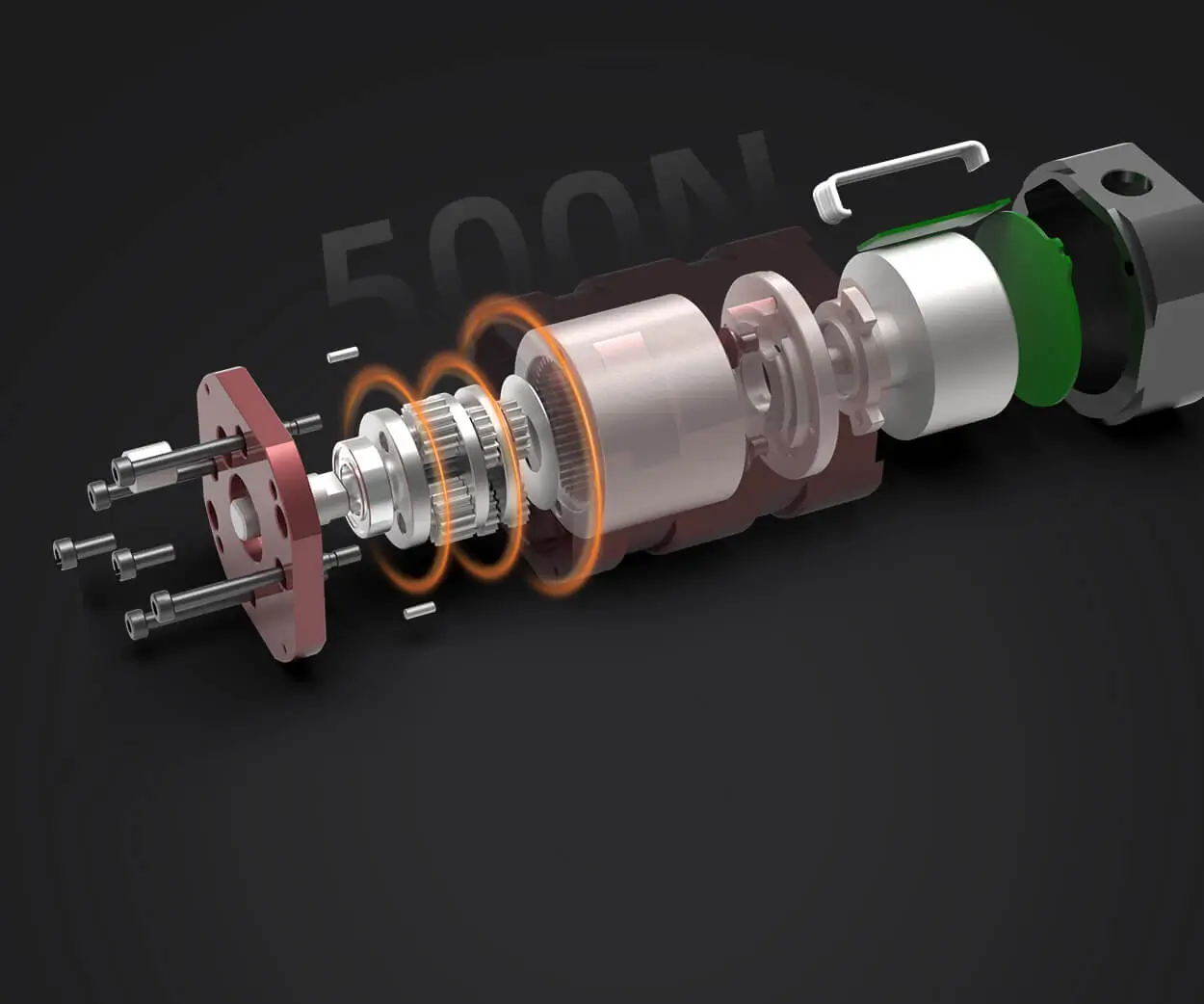When it comes to choosing a small brushless motor, there’s one thing most people quickly realize: size matters. But let’s not complicate things. Knowing how to pick the right one for your project doesn’t need to be rocket science. Whether you're into drones, robotics, or even small DIY projects, understanding the motor size chart can make all the difference.

Brushless motors are becoming more popular by the day for their efficiency and longevity. But with all the different sizes and specifications out there, how do you know which one is right for you? That's where the motor size chart comes into play. Think of it as a guide that helps you find that perfect fit, like shopping for shoes that just feel right.
Now, let’s get into the nitty-gritty. A small brushless motor can range in size, from ultra-compact ones used for tiny drones to slightly larger versions designed for more power-hungry applications. The size typically refers to the diameter and length of the motor. For example, you might come across a motor labeled "2205". The first two digits represent the diameter of the motor in millimeters (22mm), and the last two digits (05) refer to its length. Knowing these numbers helps you visualize the motor’s actual size and how it’ll fit into your project.
But what does the motor size really mean for you? Well, the larger the motor, the more power it can produce, but it’s also heavier and may require more energy to run. On the other hand, smaller motors are lighter and more energy-efficient, but they may not give you the power you need for bigger tasks. So, the key is to find the balance that works for you.
For example, let’s say you're building a quadcopter. If you’re going for long flight times and need lightweight components, you’d likely opt for a smaller motor. On the flip side, if you need to carry heavy equipment, a larger motor will be necessary, though it may shorten your flight time unless paired with a more robust battery.
It’s also important to consider the KV rating of the motor. This indicates how fast the motor spins per volt and can help you determine how much thrust it can generate. A higher KV means the motor will spin faster but may not produce as much torque. Lower KV motors, meanwhile, can provide more torque but spin slower. It’s all about matching the motor with your needs—whether it's speed, torque, or a mix of both.
When shopping for motors, pay attention to build quality. The winding, magnets, and bearings all affect performance. High-quality brushless motors tend to run more smoothly, efficiently, and last longer. Trust in a brand with a reputation for quality—that’s key.
One common question I hear often is: “Why should I choose a brushless motor over a brushed one?” The short answer is that brushless motors last longer and require less maintenance, especially in high-performance applications. If you’re looking for something that won’t wear out after a few uses, brushless is the way to go.
In the end, choosing the right motor size chart isn’t just about picking the biggest or smallest option—it’s about matching the motor’s specs to your specific needs. Once you understand the basics, finding the right motor becomes much easier.
Established in 2005, Kpower has been dedicated to a professional compact motion unit manufacturer, headquartered in Dongguan, Guangdong Province, China.




































